Reduce the interval and increase the capacity … China starts the aviation wake test to make passengers travel more efficiently.
CCTV News:From 8: 00 am yesterday (5th), the aircraft wake reclassification experiment was started in Guangzhou and Shenzhen. The wake generated in the air when an airplane flies is like the waves and eddies caused by a ship sailing in the water, so two airplanes must keep a safe distance in the air.
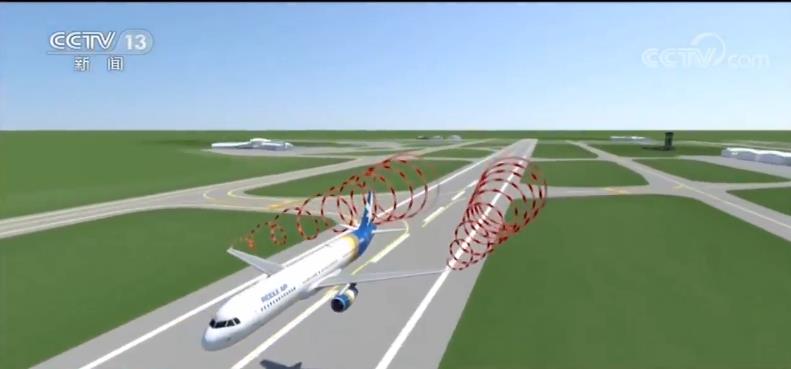
In order to prevent dangerous situations such as pitching, rolling and stall caused by the aircraft behind entering the vortex field at the front tail, ICAO has formulated wake interval standards based on practical experience.
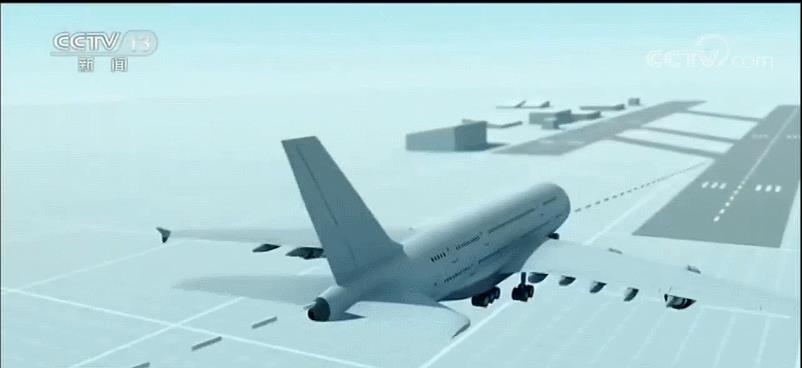
The scheme of this experiment comprehensively studies the remarkable characteristics of domestic large-scale hub airports, such as aircraft types and distribution periods, and subdivides heavy and medium-sized aircraft.
From 8: 00 a.m., the aircraft participating in the test in Guangzhou and Shenzhen control areas began to fly according to the new safety interval standard. At 8: 05, the interval between Boeing 757 and Airbus A320 was reduced from 9.3 km to 6 km.
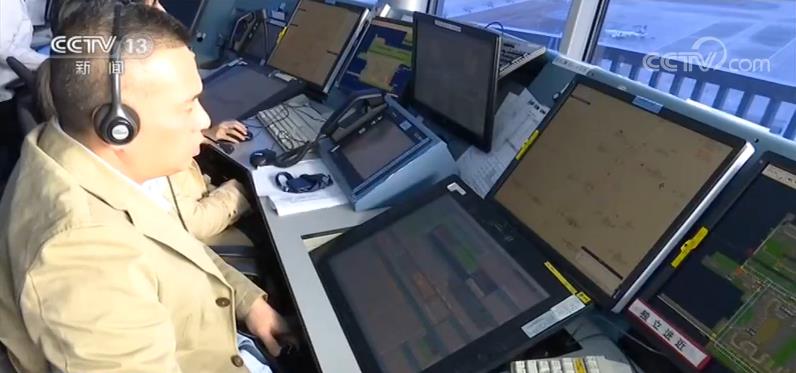
Kang Nan, Vice Minister of Air Traffic Control Department of Air Traffic Control Bureau of Civil Aviation Administration:With reference to relevant foreign standards and operating experience, and in combination with the actual operating characteristics and distribution characteristics of China civil aviation, we have studied and formulated the wake interval standard of China.
Taking Airbus A380, a super heavy aircraft, and Boeing 777, as examples, the wake interval between the front and rear aircraft was reduced from 11.1km to 9.3km, with an optimization range of 16.2%. However, the distance between light aircraft, medium-sized aircraft and heavy aircraft increased by 4.3km and 5.1km respectively, with an increase of more than 45%, and the possibility of being affected by the wake of the preceding aircraft was further reduced.
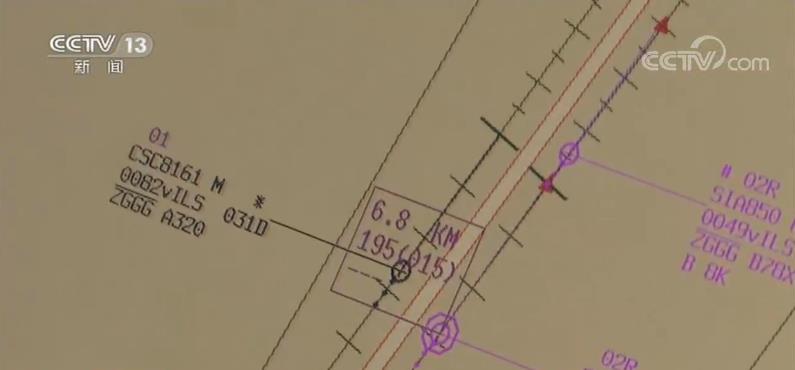
The experiment of aircraft wake reclassification will be conducted at Guangzhou Baiyun Airport and Shenzhen Baoan Airport and their control areas for one year. The first stage is the testing stage, in which China Southern Airlines, Hainan Airlines, Shenzhen Airlines, FedEx and United Parcel Service Company are arranged to participate. The second stage is the promotion stage. On the basis of summarizing the operation experience in the first stage, the wake reclassification method and separation standard are applied to all applicable aircraft operating in Guangzhou and Shenzhen airports.
It is estimated that the experiment of aircraft wake reclassification will improve the runway capacity and operational efficiency of civil aviation.
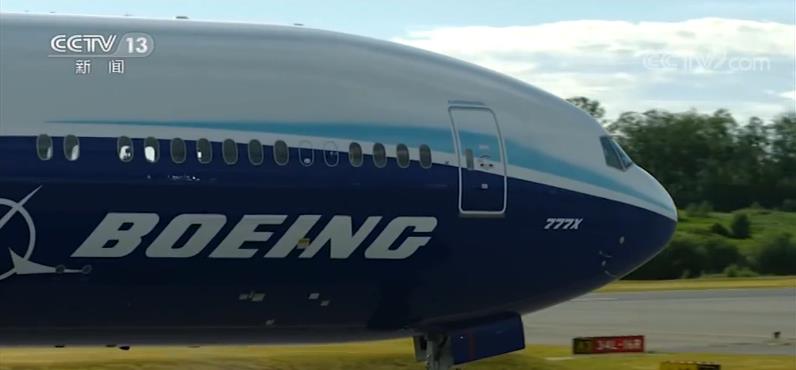
The runway capacity is expected to increase by 5% during peak hours, which can effectively alleviate the situation of route congestion, and passengers’ travel efficiency and experience will be further improved.
Since 2010, the average annual growth rate of China’s civil aviation flight volume is 11.6%, but the average annual growth rate of civil aviation fixed routes is only 1.7%. At present, there are usually about 400 flights a day on busy international routes, while there are 13 routes with more than 500 flights a day in China.
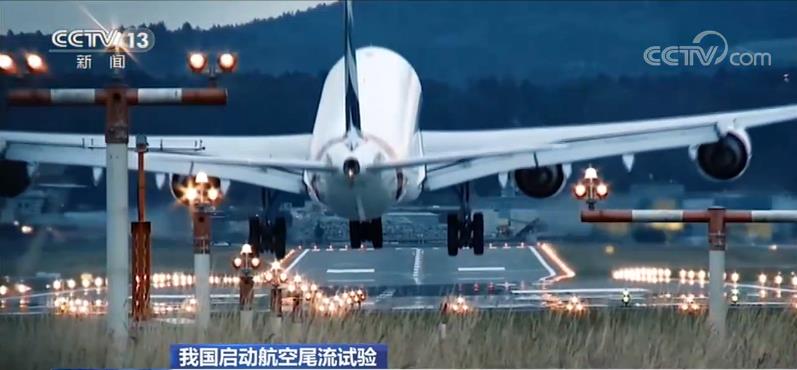
Kang Nan, Vice Minister of Air Traffic Control Department of Air Traffic Control Bureau of Civil Aviation Administration:The current ICAO wake separation standard was formed in the 1970s of last century, which limited the improvement of the capacity and efficiency of our large busy airports to some extent, and also caused unnecessary flight delays and waiting.
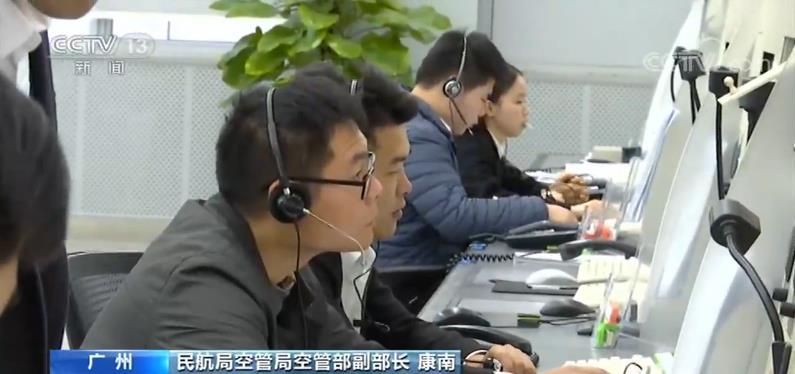
According to the calculation of the air traffic control department, the annual runway capacity of the top 10 busiest airports in China is expected to increase by about 47,450 flights, the annual runway capacity of Beijing Capital Airport is expected to increase by about 7,665 flights, and the annual runway capacity of the two airports in Shanghai is expected to increase by about 9,490 flights.